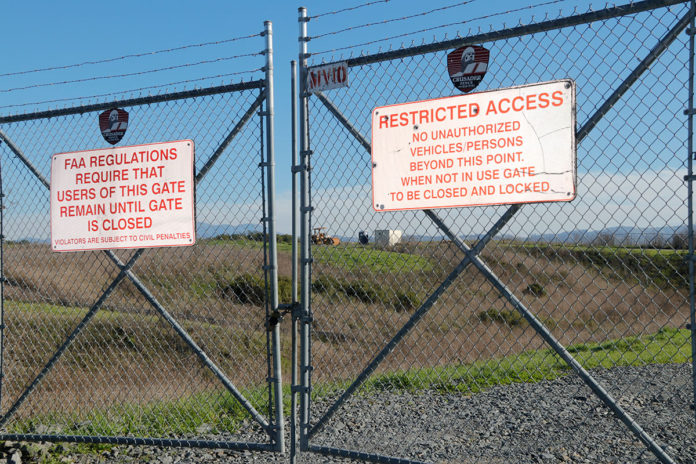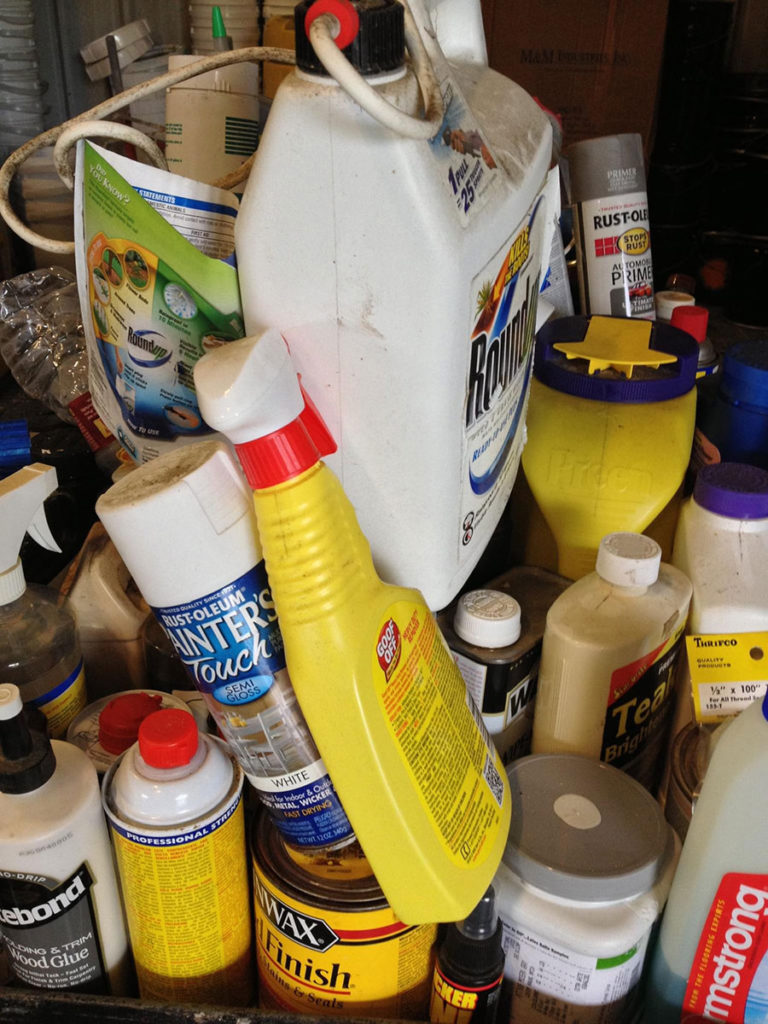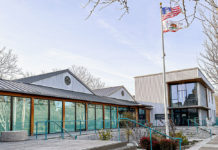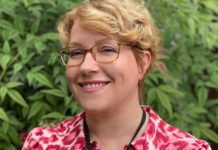
Sonoma County’s first centralized composting facility, which is designed to divert and process approximately 65,000 tons of organic material each year, is being planned for a Windsor site on Slusser Road, just west of the runways at Sonoma County Airport.
In addition, Zero Waste Sonoma this week announced plans to build a permanent household hazardous waste (HHW) collection facility in an industrial area, also in the town of Windsor.
The compost facility brings home the composting of organic materials, which since 2016 have been collected by the county every week in residential curbside green bins and commercial food scraps. But the refuse has been transported to installations outside the county, negating much of the environmental recapture that such collection promises.
“A centralized compost facility will be a win for taxpayers and the environment,” said Supervisor David Rabbitt, chair of the Board of Supervisors. “It will provide direct benefit to the county by reducing transportation costs and greenhouse gas emissions, build on our momentum toward resilient and sustainable infrastructure … and provide high-quality compost to support agricultural, landscaping and public works projects.”
The installation, in alignment with the county’s Five-year Strategic Plan for Climate Action and Resiliency, moves the county toward carbon-neutral operations by 2030 and is supported by state grants and local sources. On behalf of the county, Zero Waste Sonoma was awarded Local Assistance Grant Funding from CalRecycle, which totals $307,966 and represents 33% of the total cost. The remaining project costs will be funded through use of the county’s Former Rural Landfill Fund.
As the project progresses, the county will actively seek additional grant opportunities to support and enhance the development of this facility. But as of now, there are no plans to impose a surcharge or rate increase on taxpayers for this facility.
“In fact, the introduction of the new composting facility is anticipated to bring more cost efficiency and market stability, rather than leading to a surcharge or rate increase for taxpayers,” said Glenn Morelli, integrated waste operations division manager.
He added, “By enabling local processing of green waste, the facility will significantly reduce transportation requirements, saving approximately 350,000 route miles annually. This reduction in transportation not only contributes to our environmental goals but also stabilizes costs.”
Sonoma Compost operated at the Sonoma County Central Landfill on Mecham Road from 1993 to 2015, when it was shut down over environmental concerns about rainwater washing off compost piles and into nearby Stemple Creek. These issues and a lawsuit from neighbors prevented Sonoma Compost from restarting operations, and in the intervening nine years the county’s green waste has been sent to neighboring counties for composting.
“Currently, hauling green waste out of the county incurs higher expenses and market volatility. The new facility is anticipated to mitigate these issues, promoting both economic and environmental sustainability for Sonoma County,” Morelli said.
The proposed composting installation, located at the former county landfill site adjacent to the airport at 5200 Slusser Rd., will implement sustainable design to minimize greenhouse gas emissions, integrating solar and other renewable technologies, energy recovery systems and green building materials.
Concerns about an “aroma footprint” from the composting of organic materials are unfounded, Morelli said. “The advanced composting facility is designed to minimize any odor emissions through a covered row system that efficiently retains nutrients. Additionally, the facility plans to integrate renewable technologies like solar energy and green building materials.
“A key feature of the facility is its closed-loop energy recovery system, which could include methane recapture, though specific details on methane recapture and other potential by-products are still under consideration for the design phase of the project,” said Morelli.

HHW
Household hazardous waste is composed of those products that can catch fire, chemically react or even explode under certain circumstances, or that are corrosive or toxic. An HHW collection facility currently exists at the county’s Central Disposal Site on Mecham Road in Petaluma, and occasional collection events are held at various locations in the county.
The new location in Windsor was selected due to studies that show the north end of the county has been historically underserved by HHW disposal opportunities. As much of the area is part of the Russian River Watershed, environmental protections such as safe locations to dispose of hazardous materials are critically important, said a statement from Zero Waste Sonoma.
Common examples of household hazardous waste include antifreeze, aerosol sprays, household and auto batteries, brake fluid, fire extinguishers, fluorescent and LED light bulbs, medication, paints, paint thinner and other solvents.
It is illegal to put HHW materials in landfills (gray Recology containers) because they can contaminate drinking water or the air. Nor can they go into the recycling stream (blue containers) because the recycling process could ignite materials such as batteries, placing employees and facilities at risk.
Employees of HHW facilities undergo extensive training to keep themselves and the community safe, said the announcement from Zero Waste Sonoma.
HHW Program Manager Courtney Scott is upbeat about the new installation. “The new HHW facility will provide a convenient place for residents to safely dispose of dangerous, everyday items we have around the house,” she said. “We’ll take items we’ve always collected like paint, pool chemicals and sharps, but we’ll also have the space to start accepting new items like e-waste and solar panels.”
Additional information on composting and HHW can be found at www.zerowastesonoma.gov.







